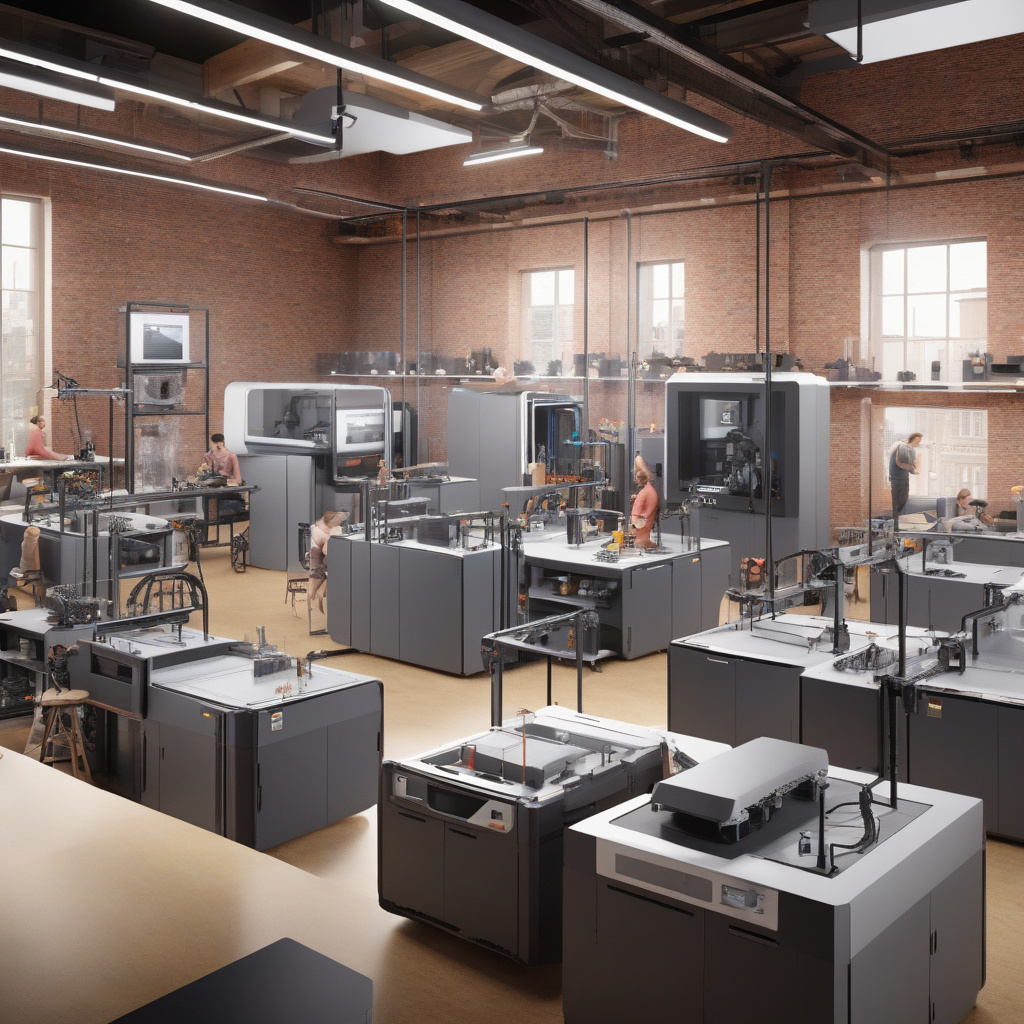Entry-level 3D Printers Propel Market Growth While High-End Segment Falters
The global 3D printer market has experienced a notable 5% growth in the first quarter of 2025, a trend propelled by a remarkable 22% surge in entry-level 3D printer sales. This surge comes at a time when the high-end segments of the market are facing decline and uncertainty, partly due to tariff fears and shifting consumer preferences.
Entry-level 3D printers are becoming increasingly popular among consumers and small businesses for several key reasons. Firstly, the affordability of entry-level 3D printers makes them an attractive option for those who are new to the technology or operating on a limited budget. These printers offer a cost-effective entry point for individuals and businesses looking to explore the possibilities of 3D printing without making a significant financial investment.
Additionally, entry-level 3D printers have become more user-friendly and accessible, thanks to advancements in technology and streamlined design. Manufacturers have focused on simplifying the printing process, making it easier for beginners to create high-quality 3D prints with minimal training or expertise. This ease of use has contributed to the growing popularity of entry-level 3D printers among a wider audience.
Moreover, the surge in entry-level 3D printer sales can also be attributed to the increasing demand for personalized and customized products. As consumers seek unique and tailored items, 3D printing offers a versatile solution for creating custom designs on-demand. Entry-level 3D printers empower individuals and businesses to bring their ideas to life quickly and cost-effectively, driving the adoption of this technology across various industries.
On the other hand, the high-end segments of the 3D printer market have faced challenges in the current landscape. Uncertainty surrounding tariffs and trade policies has impacted the high-end market, leading to a decline in sales and market share. Companies that specialize in high-end 3D printers are now reevaluating their strategies to navigate the changing market dynamics and address shifting consumer preferences.
Despite the challenges faced by the high-end segment, there are opportunities for manufacturers to innovate and differentiate their offerings. By focusing on product development, performance enhancements, and value-added features, high-end 3D printer manufacturers can appeal to niche markets and tech-savvy consumers who prioritize quality and cutting-edge technology.
In conclusion, the growth of the global 3D printer market in Q1 2025 underscores the rising popularity of entry-level 3D printers among consumers and businesses. As entry-level sales continue to surge, manufacturers in this segment have the opportunity to capitalize on the demand for affordable, user-friendly 3D printing solutions. At the same time, companies operating in the high-end market must adapt to changing market conditions and consumer preferences to maintain their competitive edge in the ever-evolving 3D printing industry.
3D Printing, Market Growth, Entry-Level Printers, High-End Market, Consumer Preferences
